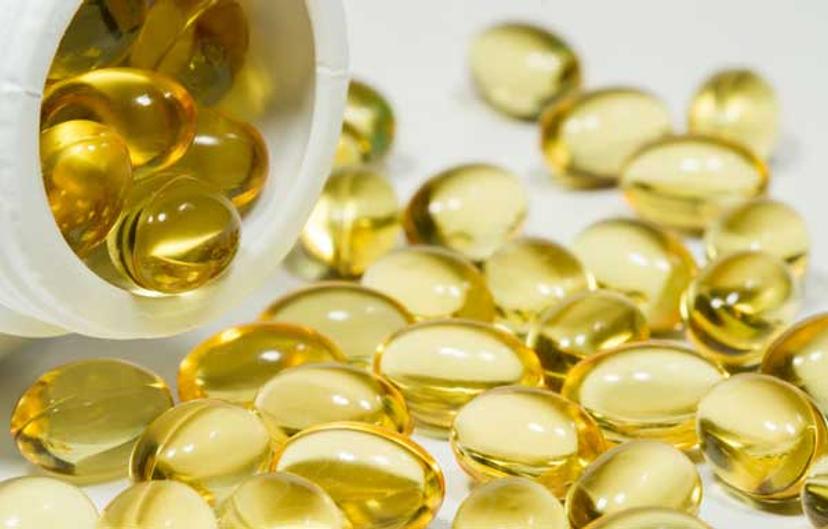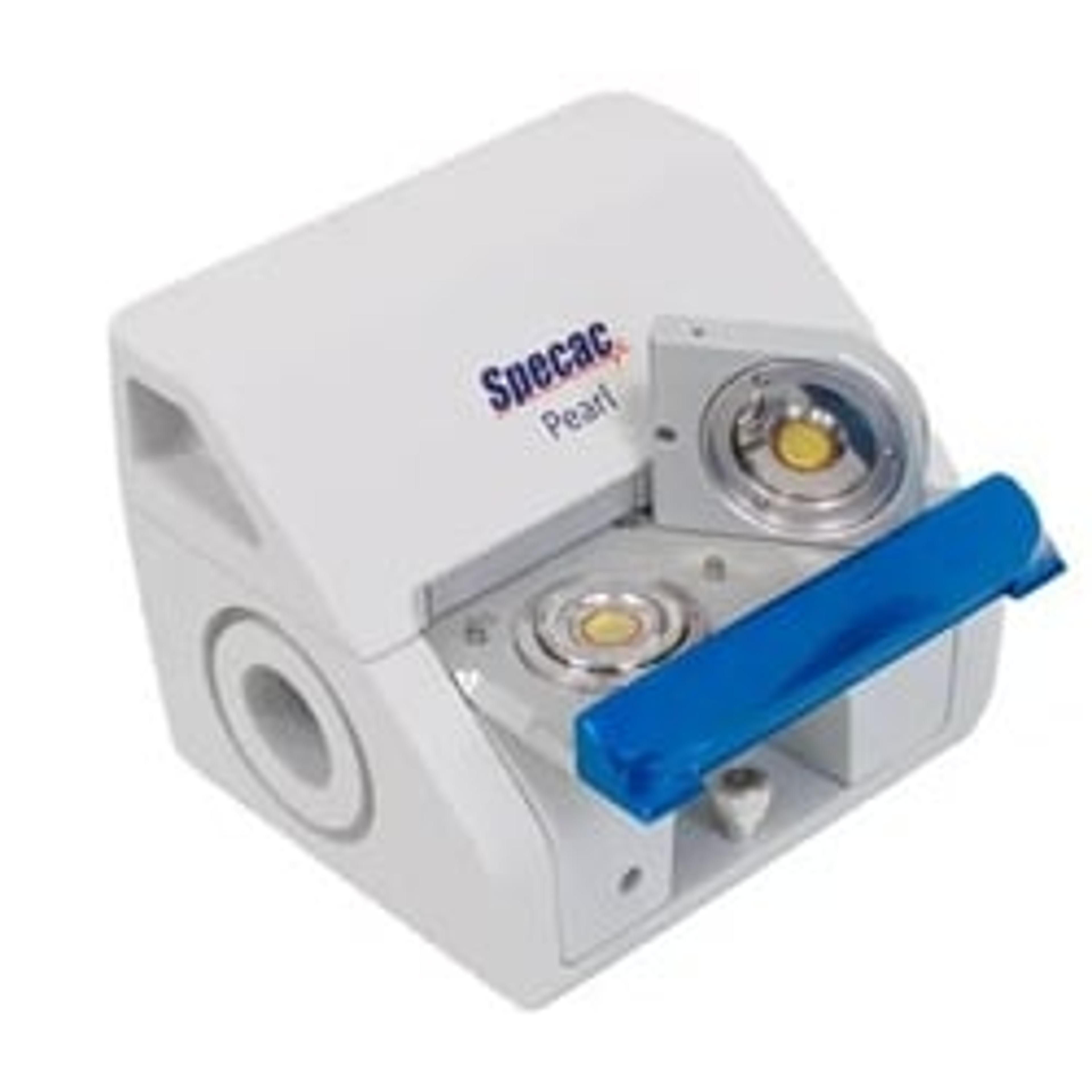Here's how scientists detect fake fish oil in dietary supplements
Discover how FT-IR is enabling fast identification of potentially harmful food fraud
7 Feb 2025

Gene S. Hall is a professor in the Department of Chemistry and Chemical Biology at Rutgers University
Fish oil dietary supplements offer a convenient way for consumers to receive the associated health benefits of eating fatty fish, without eating fish. However, some products on the market may not contain the beneficial, natural form of omega-3 fatty acids that the packaging of these products suggests. SelectScience® speaks to Gene S. Hall, a professor in the Department of Chemistry and Chemical Biology at Rutgers University, to learn about the technology enabling efficient analysis of dietary supplements and how this is helping to detect food fraud.
Hall leads a research team in the trace analysis of nutritional, environmental and geological samples using the latest state-of-the-art analytical chemistry instrumentation, including Fourier-transform infrared spectroscopy (FT-IR), GC-MS, energy dispersive X-ray fluorescence (EDXRF), inductively coupled plasma mass spectrometry (ICP-MS), C-12/C-13 isotope ratio fingerprinting methods, and Raman spectroscopy. Recent work by his team has investigated the authenticity of dietary supplements, with a specific focus on fish oil dietary supplements, such as those made from anchovy, salmon, tuna, and menhaden.
“Many of the products on the market that say they contain fish oil, do not actually contain omega-3 fatty acids in their natural triglyceride form,” Hall explains. Instead, “adulterated” products are sold, with chemically altered omega-3 fatty acid ethyl esters, produced as the result of the transesterification process. This raises issues related to the efficacy and bio-availability differences between the natural triglyceride form and the synthetic omega-3 fatty acid ethyl esters, as well as side effects associated with ethyl ester products. Also of concern, is the misbranding of fish oil dietary supplements, with products failing to specify the chemical form of the omega-3 fatty acids and not including the impurities in the ingredients list. Hall comments that, “many of the fish oil products on the market today say they are double or triple-strength, or ‘pharmaceutical grade’ but, beginning in 2016, the Food and Drug Administration (FDA) stated that terms like these — that characterize the strength of the nutrients “omega-3 fatty acids” — cannot be used on fish oil dietary supplements’ labels.”
Differentiating between natural and synthesized sources of omega-3 fatty acids
Hall and his team have been working on methods to efficiently confirm the authenticity of fish oil dietary supplements using the United States Pharmacopeia (USP) reference fish oil standard (menhaden oil, Cat. No. 1381200) and definitions of various omega-3 sources as described in the 2016 GOED Technical Guidance Documents. For this, they utilize FT-IR spectroscopy and have implemented the Specac Pearl liquid transmission accessory “to differentiate between synthetic fatty acid ethyl esters and natural fish oil that has been expressed from a fish and has not been chemically altered.” Using this sensitive technique, a molecular fingerprint of the different chemical compounds in the sample is produced, enabling the team to identify the different sources of the omega-3 fatty acid active moieties, natural and synthetic. Hall explains how the Pearl streamlines this process: “The nice thing about the Pearl is that it’s very simple to use, it’s got great sensitivity and it’s easy to clean up – you can get your results in a matter of seconds, because you can see the infrared spectra and you can easily identify what is natural fish oil and what is not.” Hall has even been able to use the device along with a portable FT-IR spectrometer to test samples on the road.

Prof. Gene Hall's research focuses on detecting the authenticity of fish oil dietary supplements image: iamporpla© 123RF.com
By using the Pearl with three different thicknesses, 25, 50, or 100 microns, the analyst can focus on specific diagnostic vibrational bands in the sample. For example, 100 microns is used for rapid and sensitive analysis of the 966 cm-1 vibrational band that is diagnostic of trans-isomers in the sample using AOCS Cd 14-95 or AOAC 965.3 methods. The 100 micron thickness oyster is also used to differentiate between rTAG and natural TAG products, based on enhanced sensitivity of the O-H stretch band due to incomplete reacted DAGs and MAGs.
Discussing his findings, Hall reveals that “about 80% of the products tested that are marketed as fish oil, contain oil that has been chemically altered from natural fish oil.” Hall’s work is helping to uphold FDA regulations, as well as identifying when products are classed as being adulterated or misbranded. The FT-IR Specac Pearl accessory is an excellent implement for conducting test 21 CFR 111.75(a)(1)(i) (cGMP), where the identity of the dietary ingredient “fish oil” and other ingredients must be confirmed before inclusion in the finished dietary supplement.

Testing a fish oil drop on the Specac Pearl accessory in an FT-IR spectrometer

Typical IR spectra of a product “fish oil” marketed as “virgin Alaskan salmon oil” and salmon oil squeezed from a fresh farmed-raised salmon fillet. Diagnostic 1036 cm-1 ethyl ester band is exhibited in the dietary supplement.
A variety of samples
Extensive work by the team has already looked at more than 3,000 omega-3 products, including cod liver oil, shark liver oil, krill oil, algae oil, and a variety of other products to identify cases of food fraud.
“We also analysed a variety of prenatal dietary supplements using the Pearl,” Hall continues, “and many of these dietary supplements contain fatty acid ethyl esters, which are not recommended for pregnant women as the ethyl esters produce ethanol as a by-product of hydrolysis.”
Other work by the team has looked to identify the authenticity of products that are being marketed as palmitoleic acid products. “We also looked at a variety of edible oils, including macadamia nut oil and compared the IR spectra of macadamia nut oil with products that are currently being marketed as containing palmitoleic acid.” These products were subsequently found to contain a synthetic product — palmitoleic acid ethyl esters — which “can damage a person’s pancreas and other vital organs in the body,” Hall explains.
Looking to the future
Moving forwards, Hall highlights the importance of educating the public about the different types of fish oil fatty acids: “I’m trying to get people to become aware of natural fish oil vs synthetic omega 3 acid ethyl esters.”

